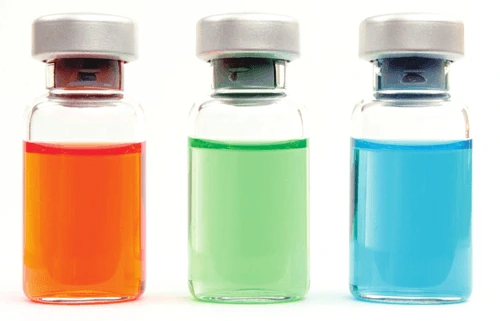
Food/ beverage and healthcare processes frequently use microfiltration membranes for removal of microbial contamination in liquid or gas process streams. Microbial contaminants can be any of a variety of species of bacteria and yeast of varying size and concentration. Removal of these organisms is essential in the food/beverage industry to prevent product spoilage or food borne illness and in pharmaceuticals, contamination within a sterile parenteral drug (injectable) can lead to significant side effects such as infection, fever or death.
Filters that have been validated for microbial removal exhibit much higher removal efficiencies than absolute rated particle filters, such as a pleated polypropylene filter. As a comparison, an “absolute-rated” Beta 5000 particle removal filter exhibits a removal efficiency of 99.98% of particles challenging a filter, while a sterilizing grade liquid filter exhibits a removal efficiency of >99.99999999% of microorganisms challenging the filter.
Microbial removal is critical for both the beverage and the healthcare industries. In food/beverage applications, the criteria for the effluent is not as rigorous as in the biopharmaceutical market since the goal is to achieve a low microbial load to downstream equipment or the product has microbial-static characteristics (i.e. alcohol in wine). In this case, the filters need to achieve only bioburden reduction, or significant removal of microbial contamination. In healthcare applications, it is often critical that the process stream yields sterile product, requiring the highest level of filter performance and validation.
Need help?
You can find the right application or product using our Tool, or through our Chat Bot.
Keep In Touch
Keep up to date with our latest news and announcements. Unsubscribe anytime.




.svg)
.svg)



